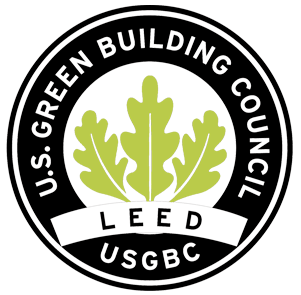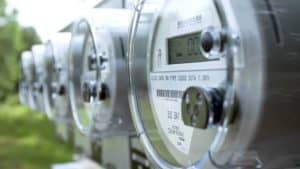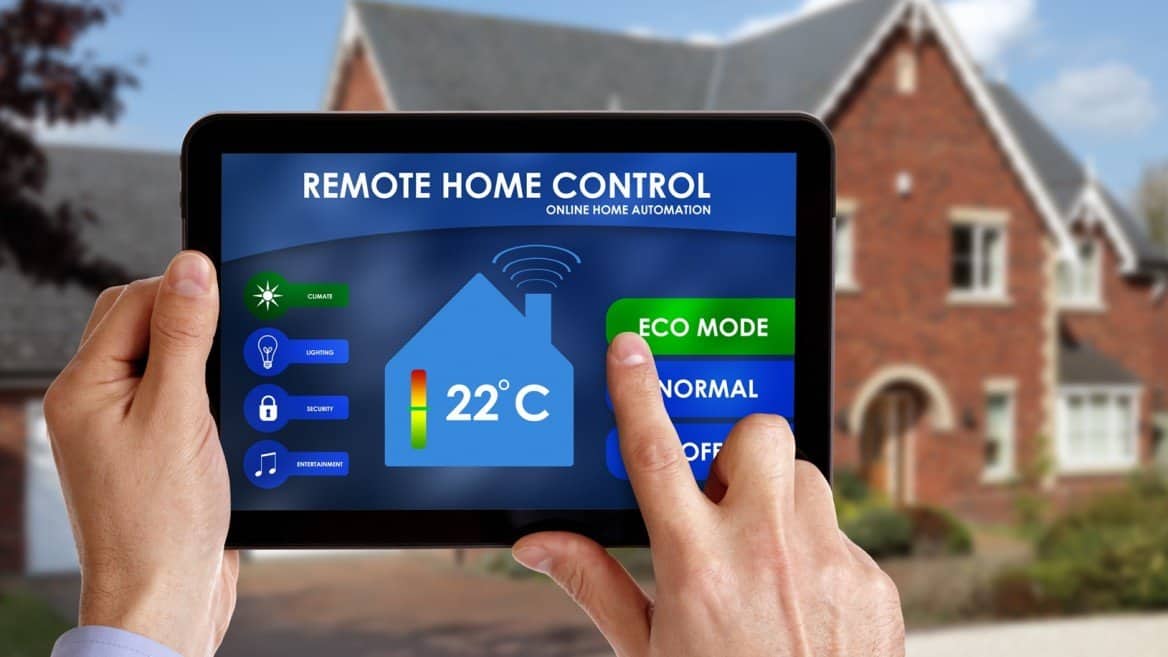Energy efficient buildings
Energy Efficiency Foundations for Green Building: Energy Star, LEED technologies, LED Lights
In order for buildings to meet modern standards for best practices in sustainability, all new buildings should implement the energy efficiency technologies listed below. Existing buildings should be retrofitted to include these efficiency upgrades. Retrofitting existing buildings to meet current energy efficiency standards is one of the most effective measures that can be taken to act on climate globally.
 LEED (leadership in energy and environmental design) certified buildings save energy, save money due to lower electric bills, and save on other resources. LEED-certified commercial and residential buildings give the occupants a healthier indoor environment. LEED buildings optimize energy efficiency and indoor water efficiency; often while using on-site sources of renewable energy.
LEED (leadership in energy and environmental design) certified buildings save energy, save money due to lower electric bills, and save on other resources. LEED-certified commercial and residential buildings give the occupants a healthier indoor environment. LEED buildings optimize energy efficiency and indoor water efficiency; often while using on-site sources of renewable energy.
Many people worldwide want to optimize the construction of energy-efficient buildings, and new developments have taken root to make LEED programs widely available globally (LEED v4). This means that more people have access to LEED programs worldwide; and have the opportunity to reap the benefits of LEED for years to come.
There are many ways of improving the energy efficiency of a building. Examples include various kinds of Energy Star home appliances, Energy Star home water heaters, energy-efficient HVAC systems, smart thermostats, and LED & CFL lights. Smart wi-fi-enabled appliances that can be connected to a home energy management (HEM) system, including smart thermostats, are recommended. Smart appliances also are beneficial for behavioral demand response and home energy management systems (see below).
Energy Star appliances, and other smart appliances, optimize a property's use of electricity, save buildings on energy consumption, and ultimately lower utility bills. In addition, water-saving appliances and low-flow toilets are needed to improve a building's water efficiency. Another super-efficient use of energy, used in conjunction with efficient use of a building's water supply, is a solar water heater.
appliances, and other smart appliances, optimize a property's use of electricity, save buildings on energy consumption, and ultimately lower utility bills. In addition, water-saving appliances and low-flow toilets are needed to improve a building's water efficiency. Another super-efficient use of energy, used in conjunction with efficient use of a building's water supply, is a solar water heater.
All new buildings should include some or all of the energy efficiency technologies described in this article. Retrofitting for optimal energy efficiency is recommended in order to convert a building that still predominantly uses conventional low-efficiency technological measures to an efficient, sustainable building.
Demand Response, Smart Meters, and Home Energy Management
One kind of system to improve the energy efficiency of a home or building is known as a demand response (DR) program, and is sometimes a part of today's smart grid. Automated/ residential DR is where utility companies are given (remote) control over the major electrical appliances (HVAC, water heaters, etc...) that are in energy customers' properties.
Automated/ residential DR

A utility-operated smart meter helps the utility automatically reduce the power settings and temperature of the property (through an automated, digital response from the utility to the home or building where energy is monitored by a smart meter; with the major appliance, a smart meter. The utility engaged in a digital sharing of energy statistics and optimal energy settings to maximize efficiency) during the day when there is less need for energy (i.e. when people are not at home).
Behavioral demand response
There are actually two main types of demand response systems. In addition to the automated/ residential DR described above; behavioral demand response leaves control of a building's energy in the hands of the property owner. Smart wi-fi energy monitoring devices (smart meters, HEM systems, smart appliances) with the ability to be remotely managed and "told" what to do by the customer are set up. These smart networks read and record data from the property; the time people get home and wake up in the morning, and the changing temperatures throughout the year.

This data is then used in an app on a smartphone or smart tablet to tell consumers how much energy was saved. The data is often converted into easy-to-read charts that show how savings can be increased by altering the settings of the smart appliances (such as a smart thermostat), and smart HVAC system. The settings of smart appliances can also be optimized remotely, via an app on a smart tablet/ phone, based on the data provided by the behavioral demand response program. This is true with regard to most home energy management systems (see below).
Communications from the smart meter are organized for the consumer and show how much money for the electricity bill in that cycle was saved, other benefits of energy efficiency, and how the customer can better manage their energy use in the future. This data is also recorded by the utility, in order for the utility to better manage future energy production distributed to buildings via the power grid. So, energy customers and utilities can both optimally manage their respective energy outputs and uses.
HEM
The smart meter demand response method makes it much easier for the homeowner to determine how much energy to save, and the utility can also easily make optimal adjustments to their energy production and distribution in demand response programs. The use of the smart meter in behavioral demand response allows people access to the device from home, so changes can be made over one's smartphone or tablet device.
Demand response programs often work hand-in hand with HEM systems, smart thermostats, smart wi-fi enabled LED and/ or CFL energy efficient lighting, and other smart electrical appliances (like smart refrigerators) that have been looped in to work with the HEM system. This is in addition to an entire smart HVAC system, wi-fi enabled, and also configured to operate with the HEM network.
NOTE - The terms Home Energy Management, "Energy Management System and Building Management System [as well as Building Automation System] are often used interchangeably." HEM allows you to digitally monitor and optimize energy consumption of your property, giving you remote access to control a property's electrical systems that are looped in with the HEM system. "Building management systems (BMS), synonymous with the Building Automation System (BAS), are computer-based systems that are used in the building to automate functions. This system is intended to automate controls such as ventilation, protection, lighting, and power."
Buildings represent a significant source of greenhouse gas emissions globally, in addition to the industry/ energy generation sectors, agriculture/ land-use/ food production sectors, and transportation/ shipping sectors. In order to lower the carbon footprint of buildings, property owners should use cost-effective means to increase the energy efficiency of their properties. The following are several priorities associated with increasing the energy efficiency of a home or commercial building, and a municipal energy grid; as well as a general guide on increasing energy efficiency for a home or building:
Please also see Green City Times'
Plan for the Deployment of Smart Meters in all 50 States
To learn more about increasing the energy efficiency of the transportation sector specifically, please see:
Renewable energy in mass transit
To learn more about increasing the energy efficiency of the energy generation sector specifically, please see:
and